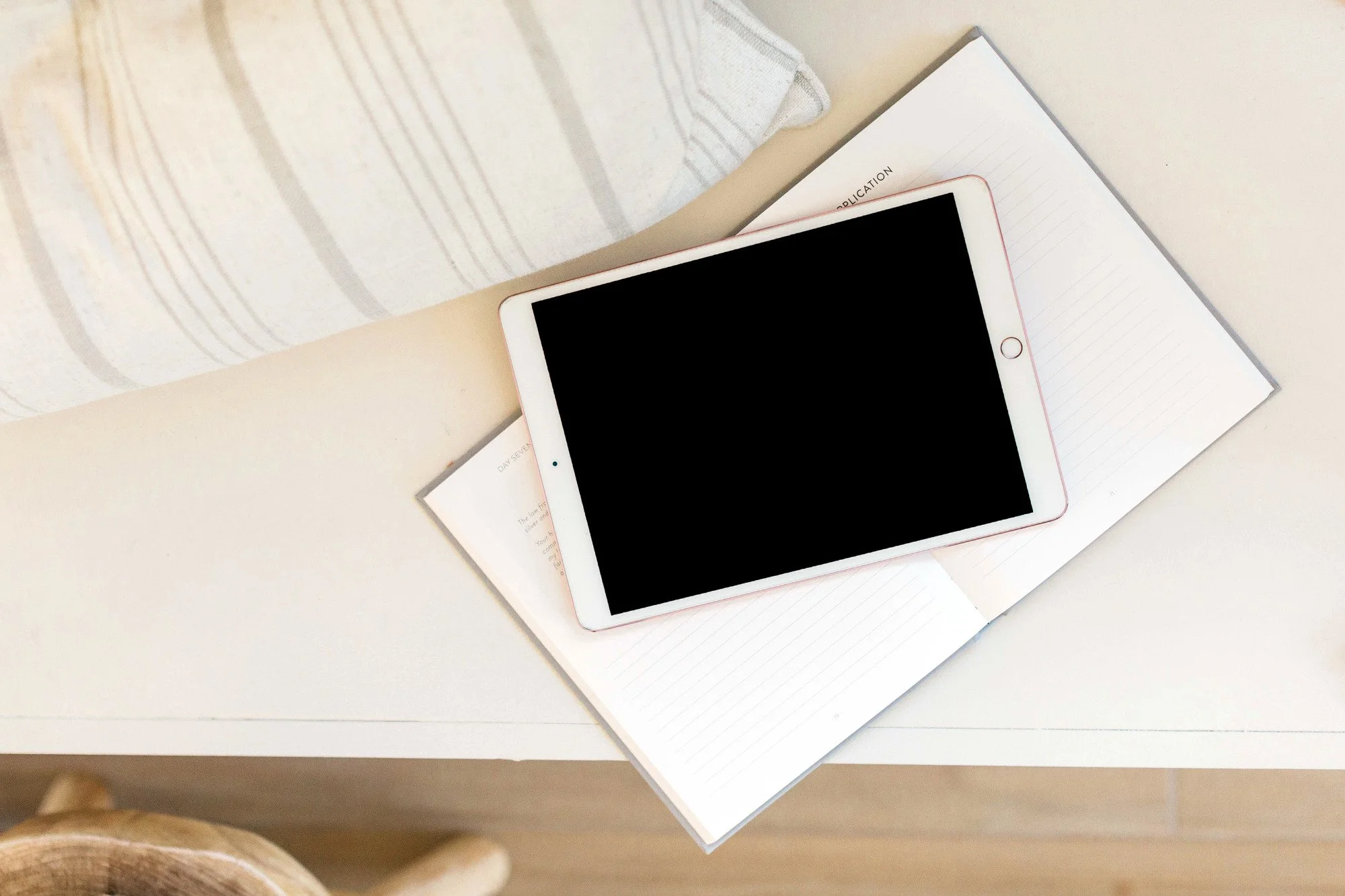Authors and Ebooks: Platforms and Distribution for Library Sales
So, you’ve written an ebook. Or you’re writing an e-book. Congrats! Look at you!
And now you want libraries to buy it. Why wouldn’t you? It’s another way to be discovered and it is an often-overlooked source of sales. But how in the world do you make that happen?
As a nonfiction author coach for American authors who has guided dozens of authors through the self-publishing process, here’s what I know to be true (and I’m writing with US authors in mind):
The first step to getting your ebook into libraries is to make it available through library ebook platforms.
In order to reach these platforms, you need to use an ebook distributor.
Newsflash: You can’t just walk into a library with your ebook file on a USB thumb drive. You can’t just email a librarian a PDF or an EPUB file and ask for payment.
Libraries don’t buy ebooks on Amazon and put them into their system.
Libraries acquire ebooks by purchasing them from one of several ebook checkout platforms.
They do this so they can catalog it, manage the MARC metadata (Machine Readable Cataloging), and manage and track the checkouts.
If you want your ebook to be available through libraries, it needs to be available through the library ebook platforms. Which means it needs to first be available through an ebook distributor.
If you’re a traditionally published author, chances are your publisher has a plan for this. But it wouldn’t hurt to ask!
If you’re a self-published author, you’ll have a lot more work to do.
The best ebook distributors include Draft2Digital, PublishDrive, StreetLib, and Ingram (IngramSpark for self-published authors).
Ebook Platforms for Libraries, Ebook Distribution Services, and Ebook Apps
Below you’ll find: the ebook platforms for libraries, the ebook distribution services that supply them, the app library users use to read the ebooks, and some helpful statistics as of early 2022.
OverDrive – Draft2Digital, PublishDrive, StreetLib, IngramSpark – The Libby app is used by millions of library patrons from 43,000 libraries in 75+ countries.
Bolinda Digital (BorrowBox) – Draft2Digital, IngramSpark – The BorrowBox app is used by library patrons in the UK, Australia, and New Zealand.
Bibliotheca – Draft2Digital – Bibliotheca’s cloudLibrary app is used by patrons at 30,000 libraries in 70 countries.
Odilo – Draft2Digital, StreetLib, IngramSpark – Odilo and the Odilo app are used by 30,000 libraries in 43 countries worldwide.
Hoopla – Draft2Digital, PublishDrive, IngramSpark – Hoopla, through the Hoopla app, reaches 2,000 public library systems, mainly in the US Midwest and Canada.
ReteINDACO – StreetLib – Libraries in Italy.
Mackin – PublishDrive, IngramSpark – Mackin reaches 50,000 libraries with library and classroom titles for US young readers, PK–12.
EBSCOHost – IngramSpark – Public and academic libraries, mainly in the US and UK. There is an EBSCO Mobile app as well. Academic titles are distributed through GOBI Library Solutions.
Get your free List of Book Marketing Strategies.
It includes 50 things to do (geared toward American authors) that can help sell more books.
Ebook Authors and Libraries: Quick Tips
If you’re an author, consider the geographical reach you want your ebook to have (and that you can realistically expect it to have) when considering which ebook distribution channels to pursue.
Make sure your book is available through one or more of the ebook distribution channels listed above.
Remember: Just because your book is available on one of these platforms doesn’t mean a library will purchase it and make it available to readers (or that, if a library acquires it, patrons won’t be on a waiting list to read it).
Encourage your readers to recommend your ebooks to their local library.
And don’t hesitate to reach out to libraries yourself—by email—to let them know which library ebook platforms have access to your book and to encourage them to buy a copy.
Distribution to libraries can be a great component of any author’s sales plan!
You got this!






